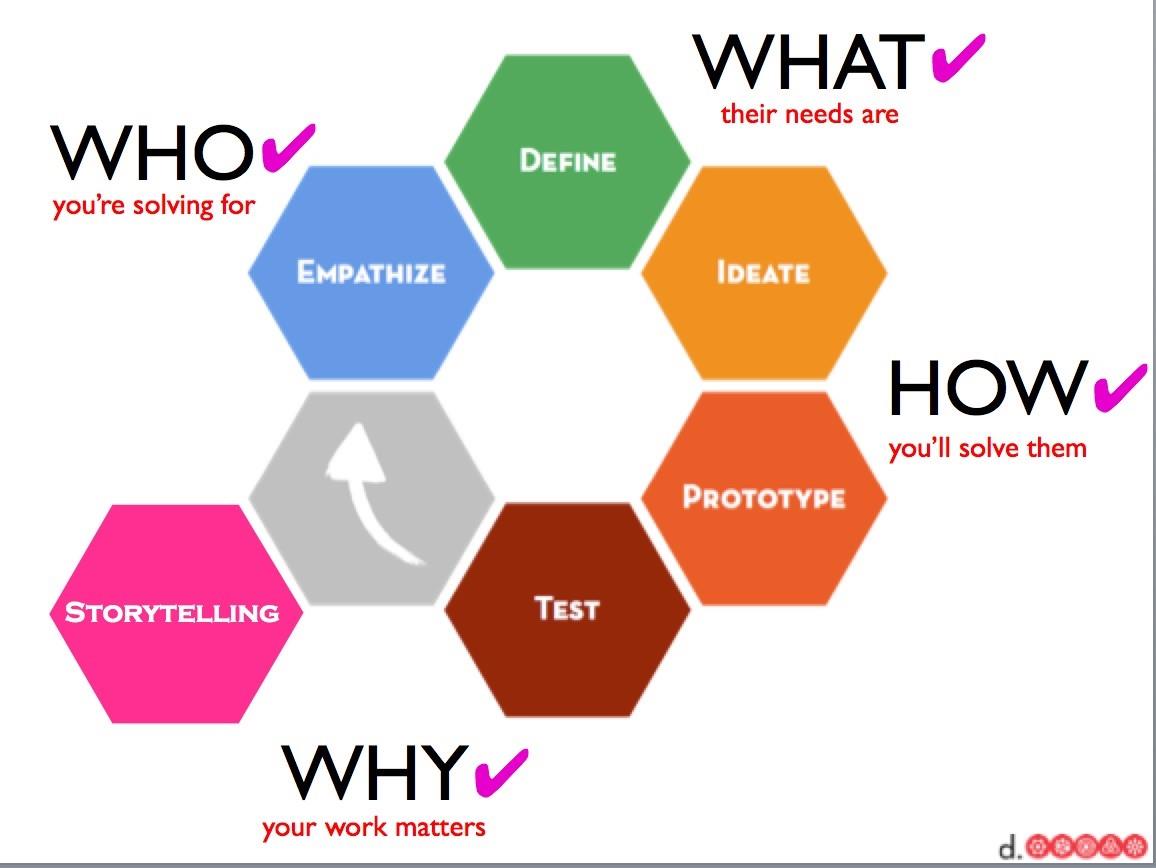From our archive: Using design thinking to drive innovation

Amongst all this uncertainty, one thing is clear: to succeed, media organisations have to excel at innovation. Innovation must become a core competency along with an appetite for experimentation and quick failure followed by more experimentation.
One place media organisations can look to as they turn their employees into innovators, is Stanford University’s Hasso-Plattner Institute of Design – also known as the d.school – where the focus is on “creating innovators rather than any particular innovation,” and the art of Design Thinking is best learned by doing.
Design Thinking is at the core of the work of the d.school and can be thought of as a methodology for innovation that combines creative and analytical approaches and requires collaboration across disciplines.
According to the d.school’s website, the focus is on creating’ spectacularly transformative learning experiences’ and along the way, students develop a process for producing creative solutions to even the most complex challenges they tackle.
Empathise, define, ideate, prototype, test

The principles of design thinking appear deceptively intuitive. What is radical about this approach to human-centric innovation is how each of the steps has been conceptualised.
Empathise: Design Thinking is grounded on a deep understanding of the people you are trying to serve. It requires careful observation of people within their contexts to uncover disconnects between what people say and what they do which is where great insights can often be found. Design thinkers also engage with people in deep and meaningful ways through loosely structured conversations. And of course, they listen and watch.
In many cases, the best solutions are the ones that address the needs of the ‘extreme user.’ During a recent visit to the d.school by participants of the 2016 FIPP/VDZ Innovators’ Tour, Astrid Maier, a journalist and Knight Fellow, described the example of carry-on luggage which was initially designed to meet the unique needs of airline pilots but which today is used by virtually every traveler.
Define: After developing a deep understanding of the user, the next step is to define the challenge you
are taking on based on what you have learned about your user and about the context. This involves creating a meaningful and actionable problem statement that guides the rest of the process. The problem statement should address who the user is, what specific needs they have and what insights the team had during the empathise stage.
Ideate: This is the phase where the magic happens in Design Thinking because the team comes together to generate the broadest range of ideas they can in a judgement-free environment. Successful ideators build on each other’s ideas while setting some parameters to ground the discussion. Situating an ideation session in a creative space that includes inspiring materials can help the process.
At the d.school, multi-colored post-it notes are often a key enabler of this process as they help the team visualize an idea. Other brainstorming techniques include bodystorming, which helps designers discover new and unexpected ideas by physically experiencing a situation; mindmapping; and sketching.
Prototype: Once the team has identified one or more solutions to the problem statement, it is time to develop prototypes. This is an iterative exercise where ‘artifacts’ are created and tested in attempt to get closer to a final solution. The key to prototyping is creating something fast and cheaply that users can interact with. It is also critical to identify what’s being tested with each prototype and what design question is being addressed.
The prototyping area at the d.shool is stocked with very simple materials – stacks of Post-it note pads, paper clips, staplers, cardstock and only a few power tools.
Test: The only reason to create prototypes is to have the opportunity to get feedback that allows you to understand your user better. Testing will yield the best insights if users are able to experience the prototype in a real way with very little upfront explanation. The job for the designer is to observe how the prototype is used or misused, how the user interacts with it and what they say about it.
Outside of the d.school, media organisations have a number of tools at their disposal for rapid prototyping and testing – including A/B testing of content and ad formats, putting video on Youtube, social media posts and ads and many more. This allows for testing a wide range of new ideas fast and eliminating those that don’t deliver results.

Iterate. Iterate. Iterate
The unspoken but implicit next step or intra-step in Design Thinking is iteration. This may involve repeating the entire process a number of times before arriving at a solution to the problem statement that the team loves as well as creating and testing multiple prototypes.
The principles of Design Thinking provide a rich opportunity for media companies to embed innovation deeply into their cultures. By focusing more on creating innovators rather than innovations, Design Thinking encourages organisations to place their bets on the collective creativity of their people as they navigate the twin challenges of uncertainty and opportunity.
More like this
‘Get comfortable with being uncomfortable’ – a Q&A with d.school’s Justin Ferrell








